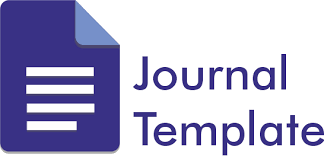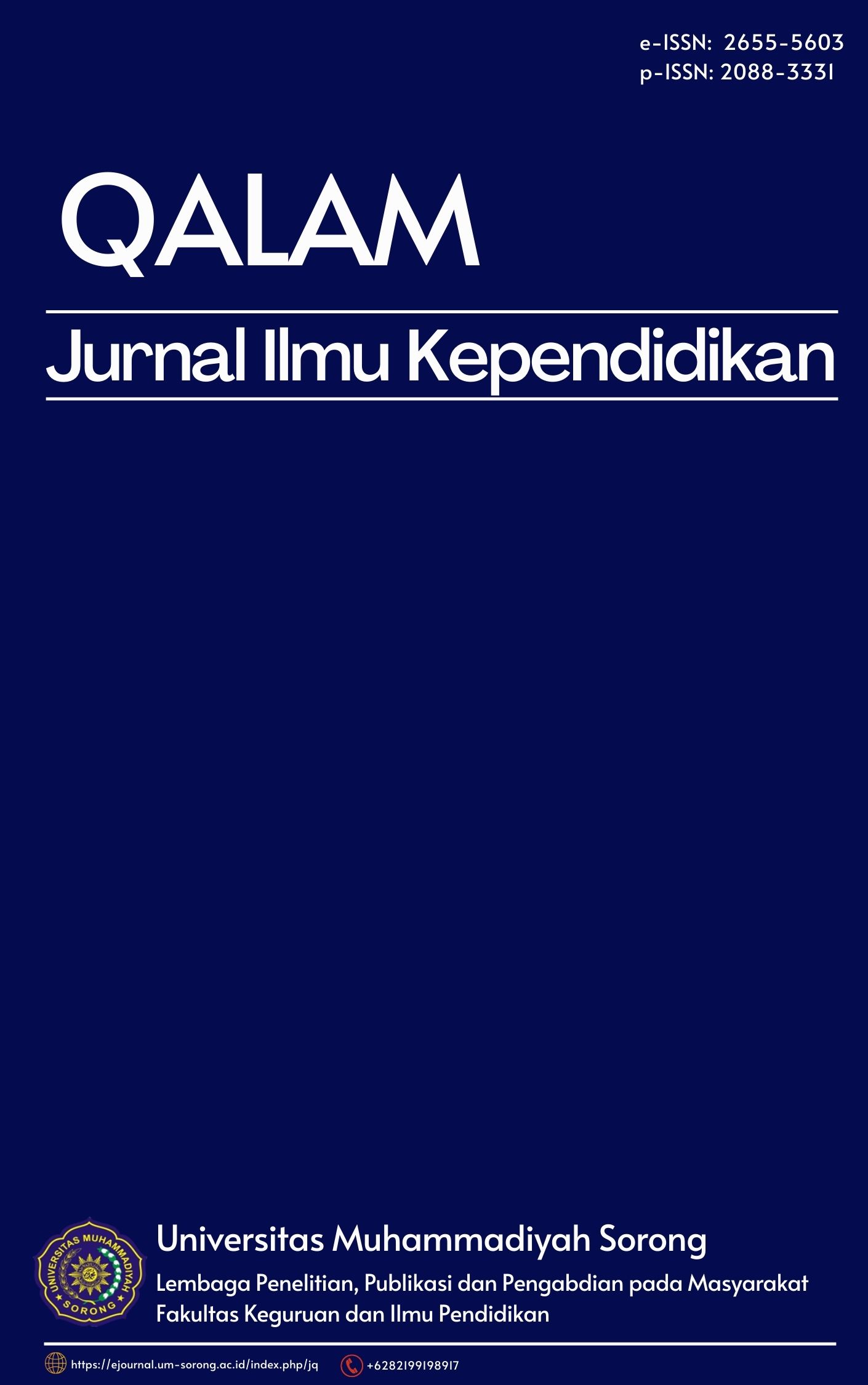Effects of the Dictogloss Method in Teaching Listening Skills to Students
DOI:
https://doi.org/10.33506/jq.v8i2.769Keywords:
Keterampilan menyimak, dictogloss.Abstract
The purpose of this study was to investigate the effect of the dictogloss method in teaching listening to students' listening skills. This research was designed as a quasi-experimental. This study aims to investigate whether a material or treatment yields a different outcome for participants. There are two classes in this study, namely the experimental class (which is a sample to be treated with the dictogloss method) and the control class (using a method other than dictogloss). The results of this study are the results of data analysis showing that the results of learning skills in listening to the experimental group obtained the average value for the initial test of 60.33 and 71 for the final test score. While the control group using conventional methods has a mean value for the initial test of 60.1 and 70 for the final test. T test results also indicate that the significance value is 0,000. The significance value states smaller 0.05, it can be stated that Ha is accepted and Ho is rejected, which means that there is an influence of the dictogloss method in improving listening skills in students
References
Ahmadi, Seyedeh, M. (2016) ‘The Importance of Listening Comprehension in Language Learning’, International Journal of Research in English Education, 1(1), pp. 7–10. Available at: http://ijreeonline.com/browse.php?a_code=A-10-1-2&.
Akib, M., Abdurrahman, A. and Hamid, M. (2018) ‘Students’ Perception Toward English Teachers’ Academic Performance in the Clasroom At Smp Muhammadiyah Al-Amin Sorong’, Qalam : Jurnal Ilmu Kependidikan, 5(1), p. 52. doi: 10.33506/jq.v5i1.246.
Asrobi, M. and Amni, K. (2017) ‘The Use of Dictogloss in Teaching Listening Comprehension for EFL Learners’, Voices of English Language Education Society, 1(1), pp. 61–70. doi: 10.29408/veles.v1i1.394.
Dista, D. M. (2017) ‘USING DICTOGLOSS TO IMPROVE LISTENING COMPREHENSION’, ENGLISH EDUCATION JOURNAL (EEJ), 8(2), 149-163, (1985), pp. 149–163.
Feyten, C. M. (1991) ‘The Power of Listening Ability: An Overlooked Dimension in Language Acquisition’, The Modern Language Journal. WileyNational Federation of Modern Language Teachers Associations, 75(2), p. 173. doi: 10.2307/328825.
Gilakjani, A. P. and Ahmadi, M. R. (2011) ‘A Study of Factors Affecting EFL Learners’ English Listening Comprehension and the Strategies for Improvement’, Journal of Language Teaching and Research, 2(5). doi: 10.4304/jltr.2.5.977-988.
Gilakjani, A. P. and Sabouri, N. B. (2016) ‘Learners’ Listening Comprehension Difficulties in English Language Learning: A Literature Review’, English Language Teaching, 9(6), p. 123. doi: 10.5539/elt.v9n6p123.
Rahmi, R. (Regina) (2016) ‘The Effectiveness of Dictogloss Technique in Teaching Listening at SMPN 2 Mesjid Raya’, Getsempena English Education Journal. STKIP Bina Bangsa Getsempena Banda Aceh, 3(2), p. 217610.
Ruth Wajnryb (1990) Grammar Dictation - Ruth Wajnryb, Alan Maley - Google Buku, Oxford: Oxford University Press.
Downloads
Published
How to Cite
Issue
Section
License
The article copyright is owned by the author and Qalam: Jurnal Ilmu Kependidikan

This work is licensed under a Creative Commons Attribution-ShareAlike 4.0 International License.




